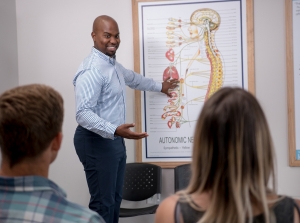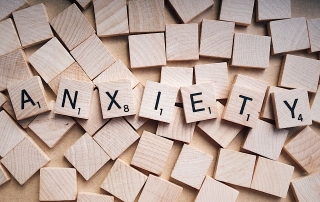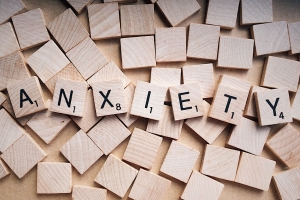Fight or Flight vs Rest and Digest: The Sympathetic and Parasympathetic Nervous Systems
 Our bodies are amazingly equipped to handle all kinds of situations that may be thrown at us. In fact, our central nervous system is made up of a few different parts, all of which help our body adequately cope with various situations and external factors. When broken down to some of its smallest parts, the central nervous system is composed of two parts, the sympathetic and parasympathetic. Each part plays an important role in how the body functions, but when one part takes over and becomes dominate, the delicate balance is disrupted, causing dysfunction and chaos with the body. When dysfunction begins, Lithia Springs chiropractor Dr. Ronnie Bolar can help.
Our bodies are amazingly equipped to handle all kinds of situations that may be thrown at us. In fact, our central nervous system is made up of a few different parts, all of which help our body adequately cope with various situations and external factors. When broken down to some of its smallest parts, the central nervous system is composed of two parts, the sympathetic and parasympathetic. Each part plays an important role in how the body functions, but when one part takes over and becomes dominate, the delicate balance is disrupted, causing dysfunction and chaos with the body. When dysfunction begins, Lithia Springs chiropractor Dr. Ronnie Bolar can help.
Sympathetic Vs. Parasympathetic
Within your body, the sympathetic system is more like the gas pedal while the parasympathetic system is similar to the brake pedal in a car. The sympathetic system is responsible for our “fight or flight” response when we feel stressed. When your sympathetic system is fired up, it causes increased heart rate, pupil dilation, and increased blood pressure to let your body know it’s time to either run or fight. This survival mode is important for certain situations, but when the sympathetic system is on overdrive, it causes your body more stress and can also lead to forgetfulness or inability to concentrate. If our body stays in a sympathetic state for too long, it can lead to other kinds of problems such as depression or fatigue. The parasympathetic system does the exact opposite of the sympathetic system in that it slows the body down, sending out calming feelings so that the body has time to repair itself. This response allows for proper digestion, healing of any sicknesses, repairing of cells, and more. This response […]



 Everybody deals with stress. It’s just a normal part of life. However, some people experience different intensities, frequencies, and types of stress than other people. Trying to escape from it completely is an uphill battle because it’s not possible to completely alleviate all stress and associated symptoms.
Everybody deals with stress. It’s just a normal part of life. However, some people experience different intensities, frequencies, and types of stress than other people. Trying to escape from it completely is an uphill battle because it’s not possible to completely alleviate all stress and associated symptoms.
 With more than 18% of the adult population suffering from some sort of anxiety disorder, anxiety is ravaging the US population. Even though anxiety, panic attacks, depression, and other mental disorders can lead to a variety of other health problems and dangerous behaviors, only about a third of those with anxiety disorders are seeking some sort of treatment for their anxiety.
With more than 18% of the adult population suffering from some sort of anxiety disorder, anxiety is ravaging the US population. Even though anxiety, panic attacks, depression, and other mental disorders can lead to a variety of other health problems and dangerous behaviors, only about a third of those with anxiety disorders are seeking some sort of treatment for their anxiety.